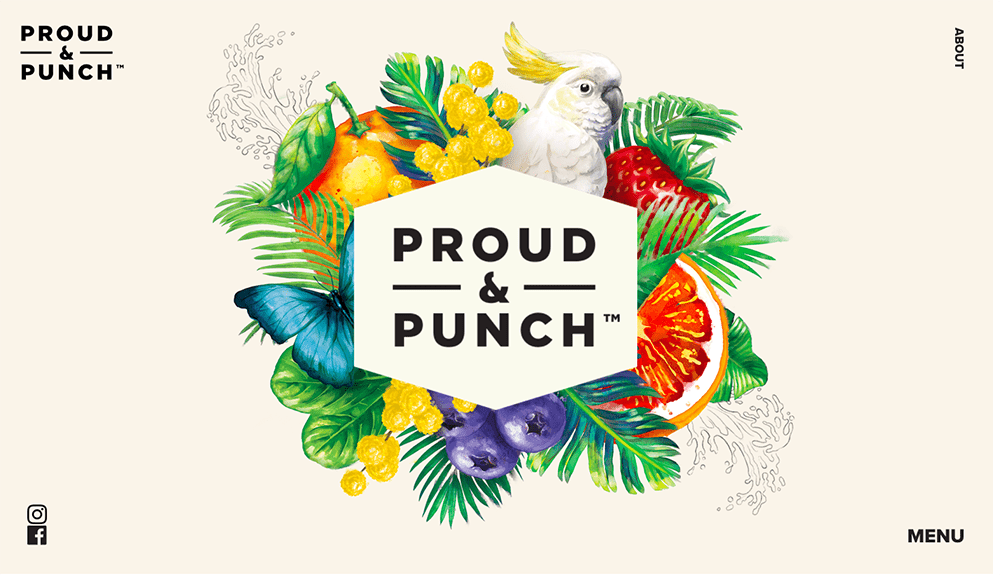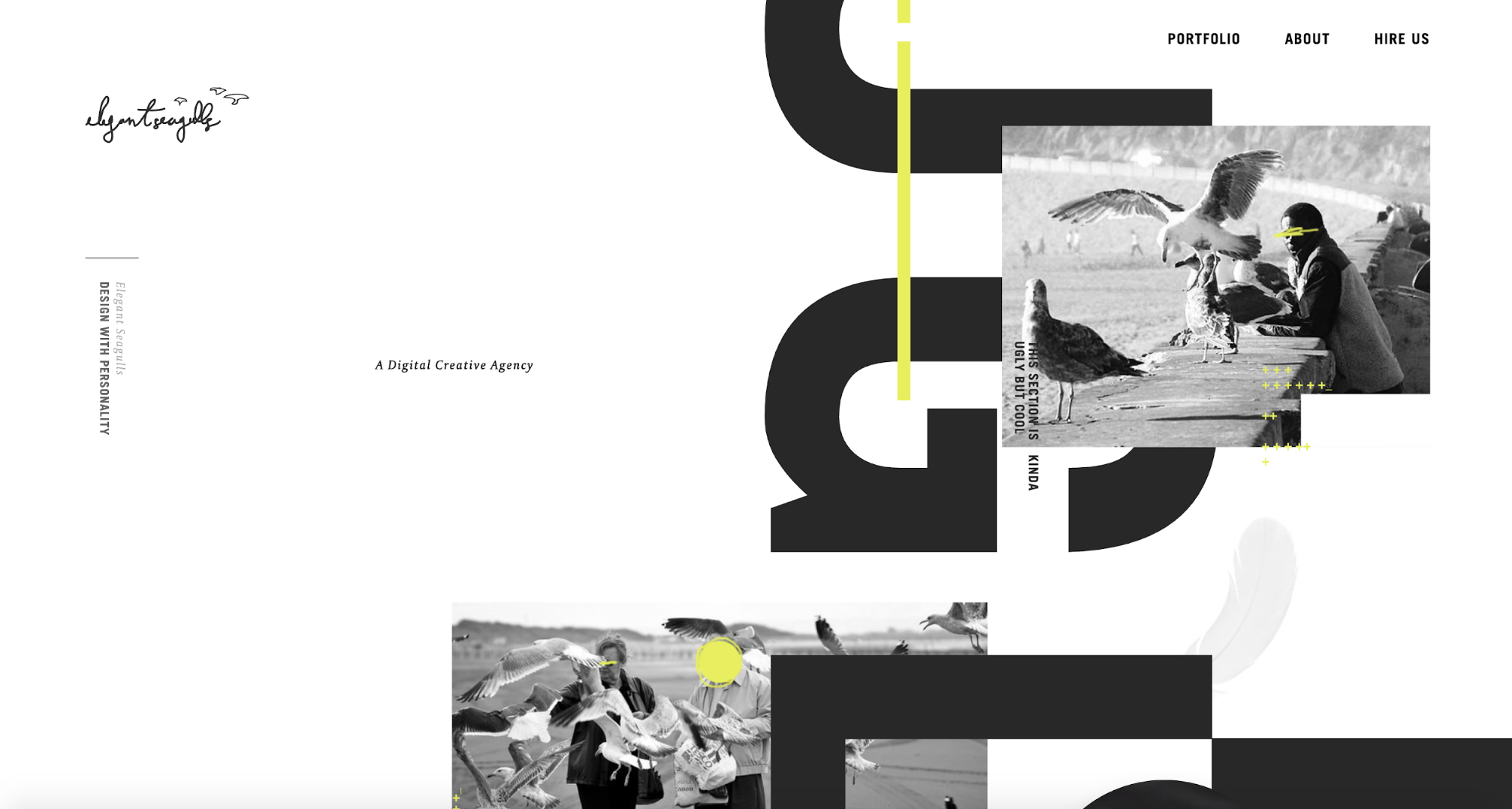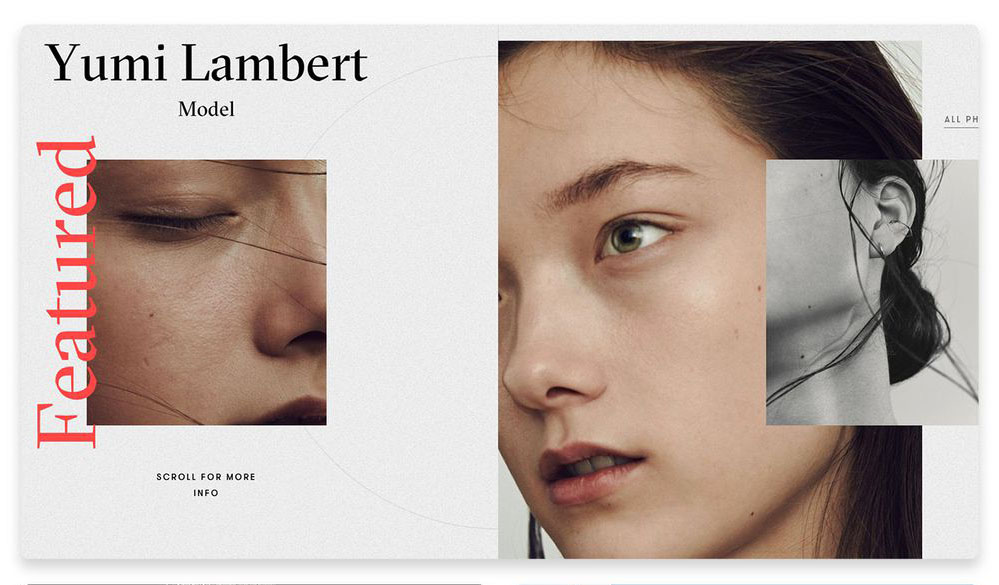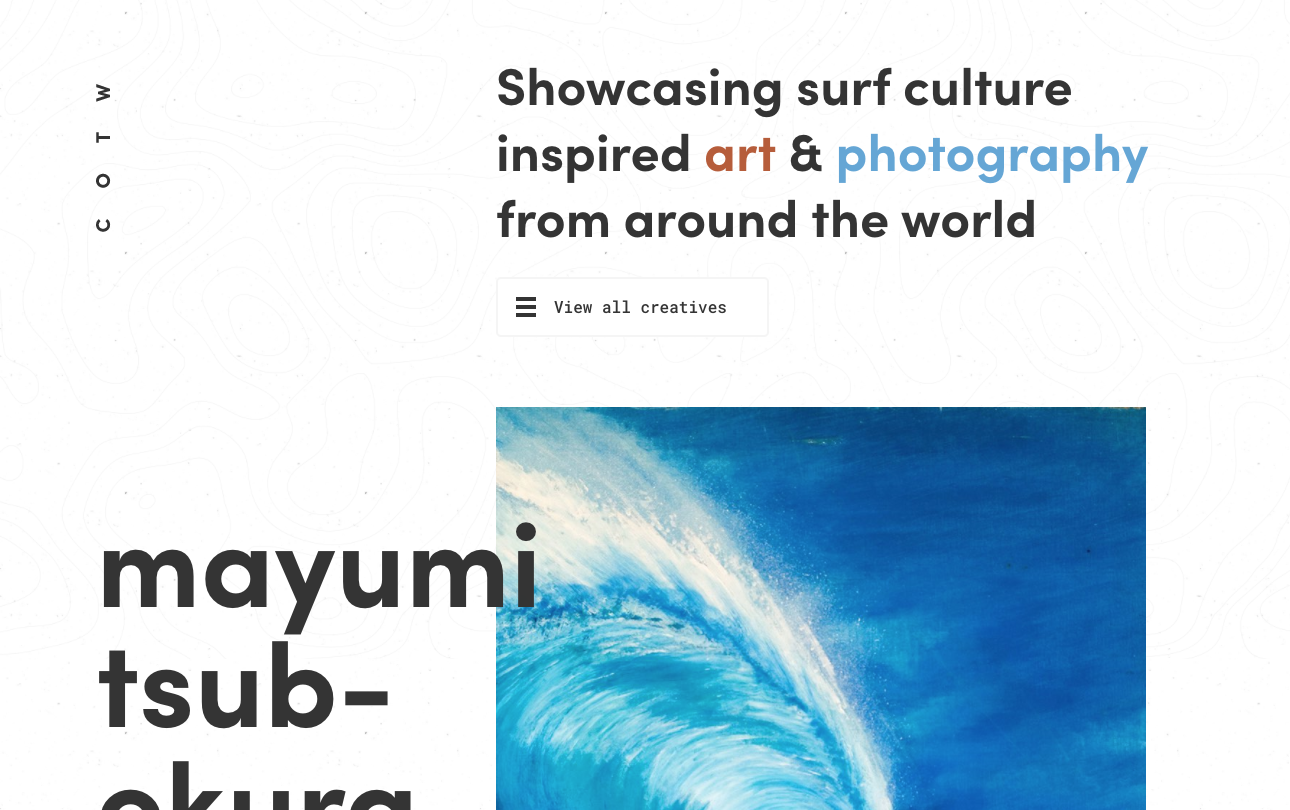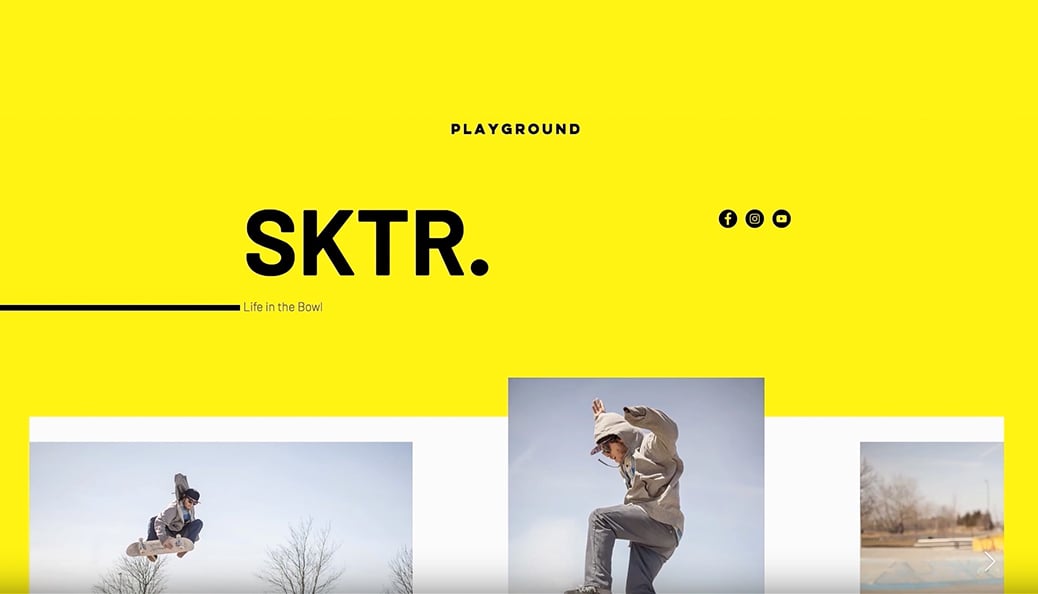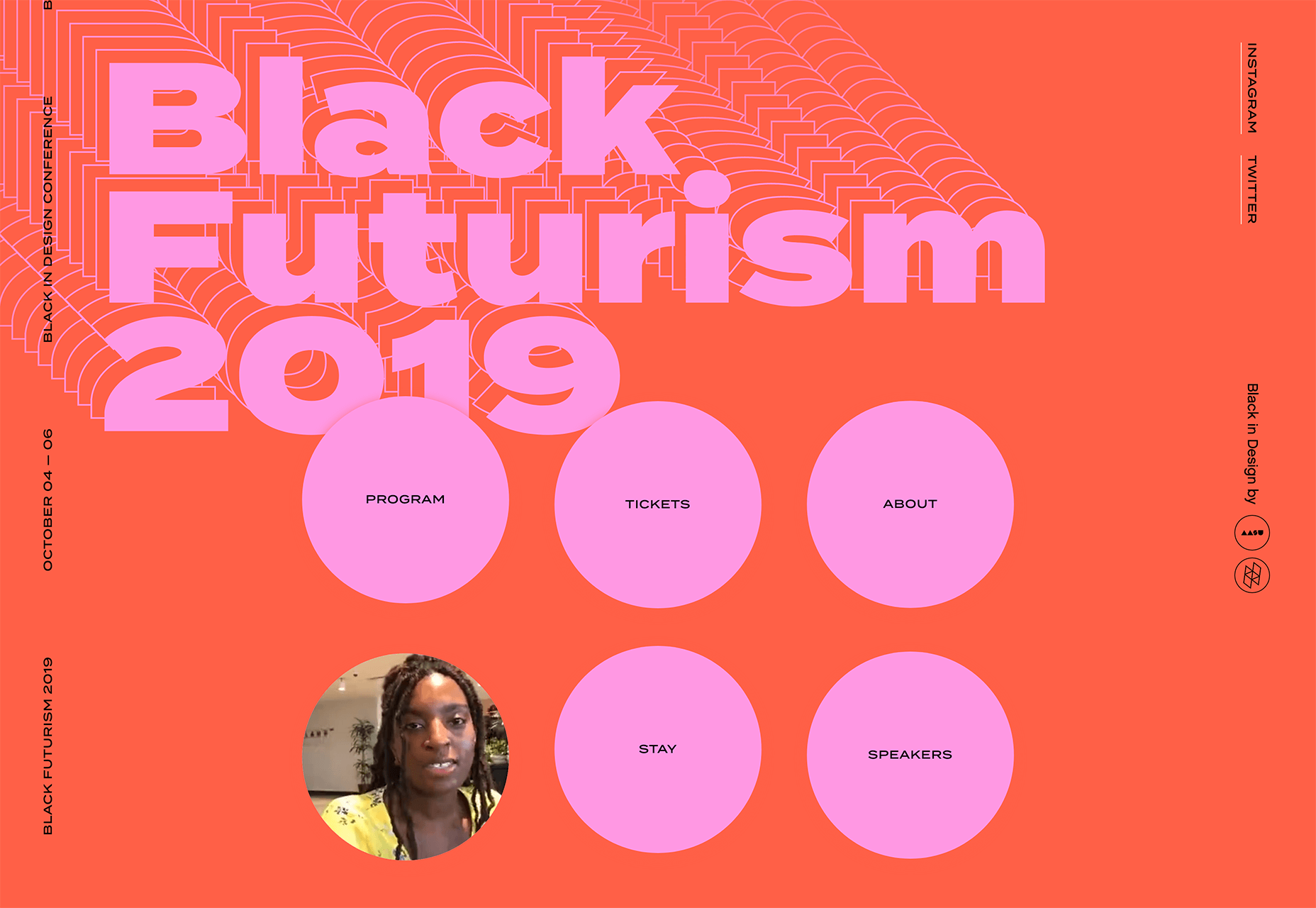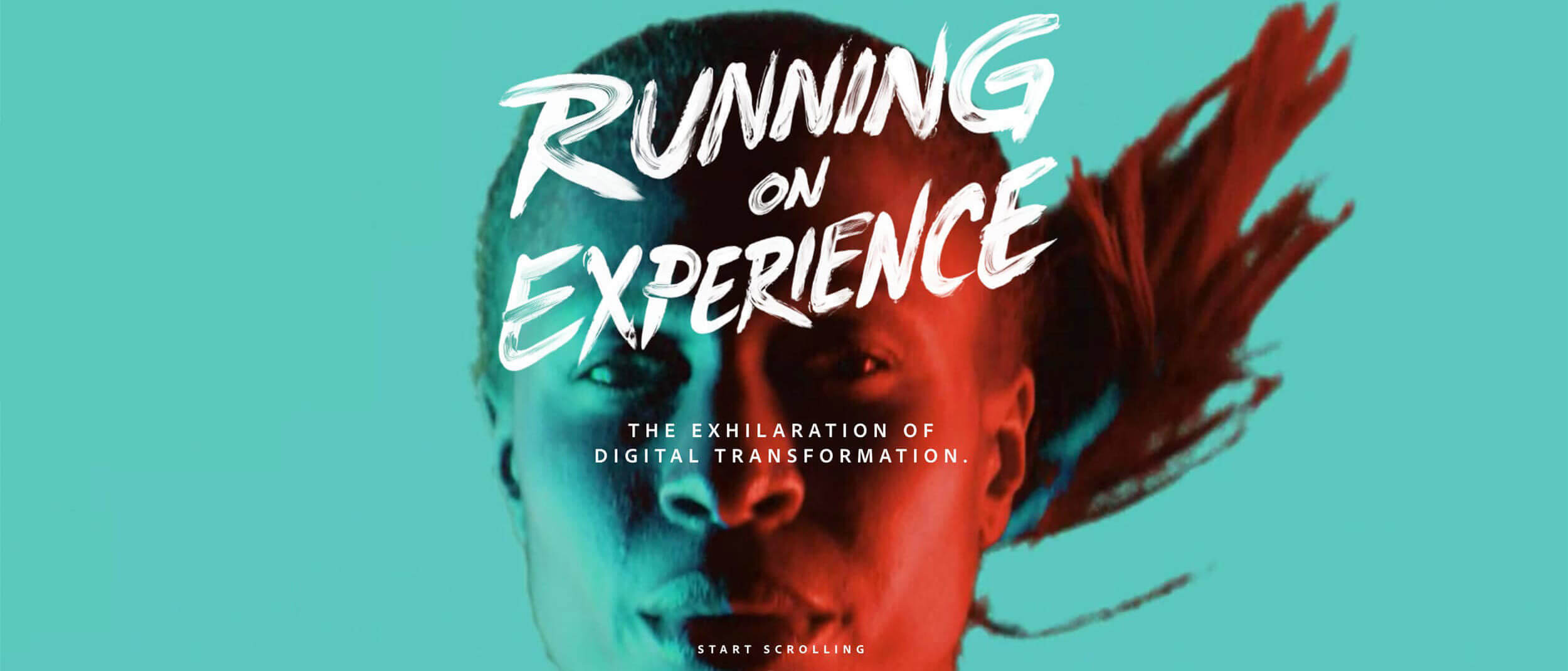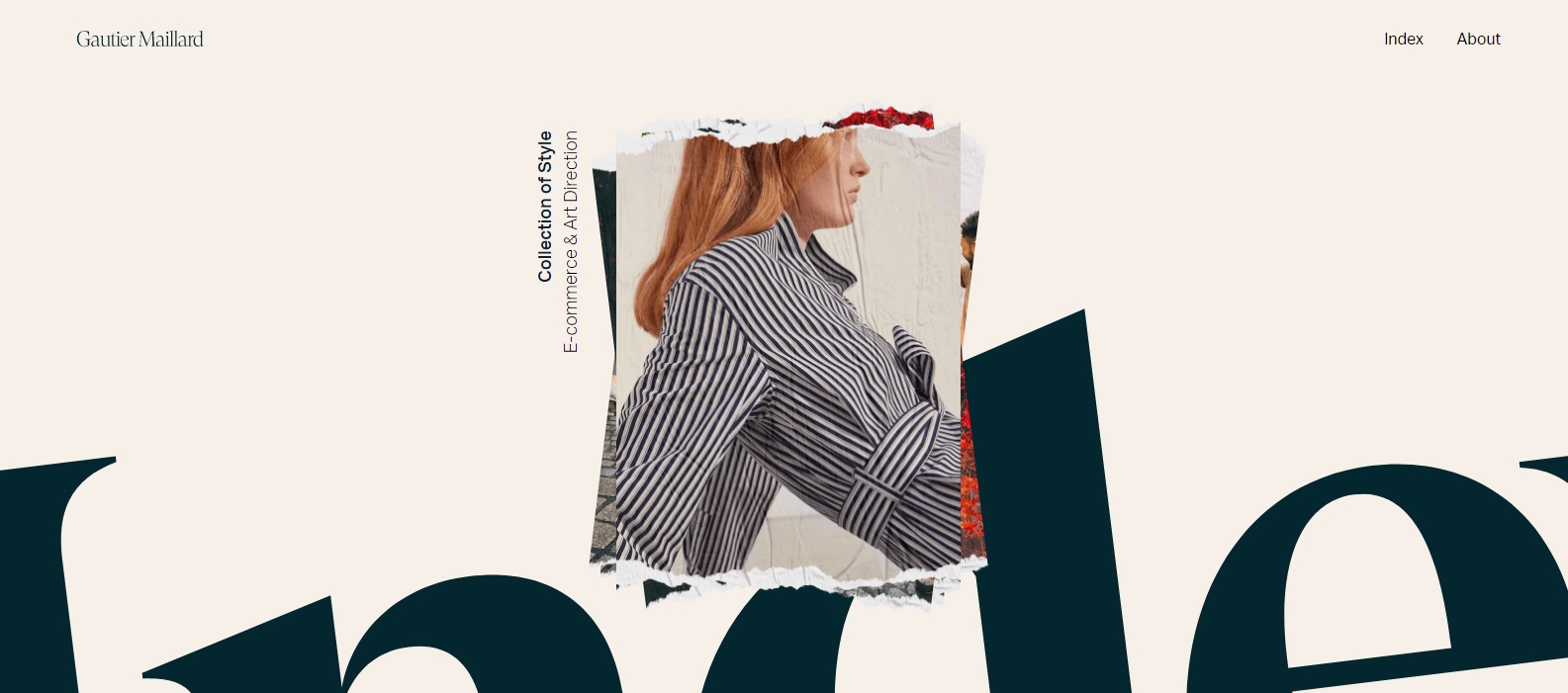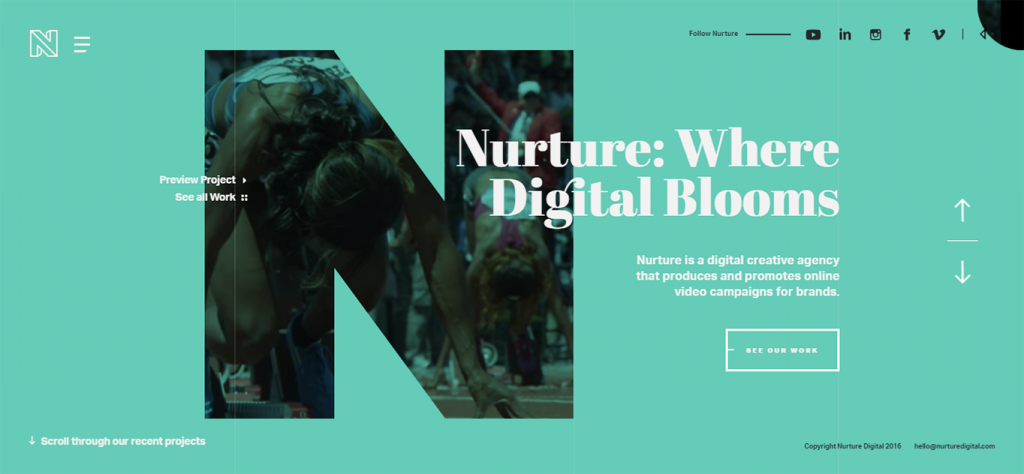Being a women that works in tech is a constant challenge. I’ve faced plenty of obstacles that have been thrown in my direction, just to work in an industry that is predominantly male-orientated. But why should this be so? With statistics showing women are outperforming men in nearly all sectors in the tech field, why should we be constantly put off from studying in an area we undoubtedly excel in? Deloitte recently released figures stating that as many as 70 per cent of women in the UK with a Science,Technology, Engineering or Mathematics (STEM) qualification aren’t currently working in their chosen industry. This is a reality that just should not be so, and so much of the hard work young women have put into their employment or education is being wasted.
Unlike many, I’ve been determined enough to not let these predictions get in my way, and have spent the last few years taking on the tech industry myself. At 22, I started my degree. Beginning later than most, I’d spent some time debating the type of career I was interested in. Having studied in English, Chemistry, Biology and Art and Design, I opted for a BA Hons Degree in Creative Media Practice & Journalism. Despite a lot of thought going into my degree choice, throughout the entire process I was constantly being told I would not make it in this industry, that my degree was pointless and I would be lost in a sea of unemployed graduates once finished with my finals. Yet at age 26, I’ve been lucky enough to pull through with an upper second class degree, a longstanding portfolio and jobs in my chosen industry before officially graduating.
With men accounting for such a large percentage of jobs in the tech industry, it can be tricky competing for the same role, despite some of the most famous leaders in technology being female. The list of women who have braved the odds to succeed within technology is lengthy. From Ada Lovelace – a mathematician regarded by some as the first ever computer programmer, to Mary Lou Jepsen – NASA fellow, founder of Pixel Oi and Director of Engineering at Facebook Occulus VR, to Virginia Rometty – the CEO of IBM who started work as an engineer aged just 24, and was recently voted the most powerful woman in business by Fortune Magazine.
Yet despite such success, women seem to be constantly pushed into being put off from obtaining jobs within the technology industry. Statistically the proportion of girls opting to continue subjects such as Mathematics, Science or Engineering into A Level or Degree Level is far less than boys, with only 7% of girls choosing to study A Levels in these subject areas within the last few years. Shedding light on such issues will hopefully allow changes to be made for the future, and as a woman currently working in tech, I’ve pieced together a few tips for those potentially considering going into a career in the technology industry, in the hope that you can overcome some of the challenges many will face.
Don’t be put off choosing scientific subjects at college
If you’re like me, you probably spent most of your childhood with your nose buried deep inside a book, concocting science experiments, blowing up bicarbonate volcanoes at the bottom of the garden, or getting excited over your parents getting you a new geometry set. To some, we may appear the most boring people on earth, but in reality many will grow up to work in some of the most powerful positions on the planet. No matter what job you’re dreaming of, whether it’s as a scientist, engineer, designer or developer – don’t let anyone stop you from studying exactly what you want to do. Sex or gender should not limit your choice of career path. If you studied in a different subject previously and are wanting to enter into a new choice of career, it’s never too late. And when certain education routes get a bit pricey, there are many different ways to gain qualifications, including ones that don’t come with a price tag. As well as bursaries, scholarships and Arts Council Funding, many companies will actually offer to train people for free. On top of this there are boot camps and hundreds of online training programs and resources that can help you transition into a tech role if you don’t have the qualifications needed for a specific job. And if you’re looking to learn code, there are thousands of sites that can help you, Codecademy, HackerRank & edX are to name a few.
Stand your ground when it comes to your career path
Time and time again I have met with interviewers who comment on my age, refer to me as being too young to possibly have any ‘real’ industry knowledge or seem to be completely bewildered by the idea of a young women applying for a role within the tech industry. It can be hard to overcome an interview situation where you’re being made to feel about 2ft tall, just for not fitting into a stereotype, particularly if you quite clearly have skills that are being overlooked. To overcome this, confidence is key. Now it’s all very well saying this, but if you’re as anxious a person as I am, this can be quite the challenge. First rule is to have a good perception of your own skills, the abilities you have and what you can achieve. If you don’t feel confident in your own abilities, it can be hard for others to feel the same. Prove you are the right person for the role, use active language that shows off your talents instead of being passive, state direct plans you have and show just how much you can benefit their company. Be bold and never feel intimidated, no matter how terrifying the interviewer may appear.
Have a plan and find mentorship
I worked constantly all through my degree building up my portfolio. A good deal of free time I had was spent either applying for internships or gaining work experience. Sure, having to work for free sometimes can feel like a real pain, but if a company is offering you valuable experience, don’t turn it down – in the long run it can really pay off and looks great on your CV. Always take time to refine your skills, practice really does make perfect. Finding mentorship within a working role can also be really beneficial, so be sure to place yourself in an environment where you can be surrounded by professionals in your chosen field who are as passionate about your goals as you are. Most importantly, never give up on what it is you want to achieve. It can be hard seeing friends or colleagues achieving their goals faster than you or at different rates, but the job you’ve been waiting for could be just around the corner. Hard work always pays off, and whether it takes you 1 year, 5 years or even 10 years to reach the job you’ve always wanted, it’s always worth the wait.

Amy Louise – Web Editor, Tech Writer and Analytics Queen
@BumpCx/MoocowMedia
Freelancer @ Metro/Brighton
Source/NME/Guardian
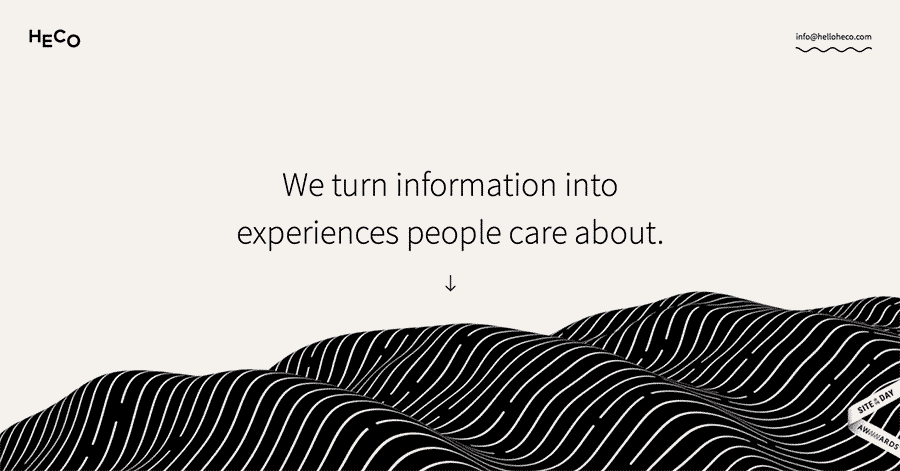

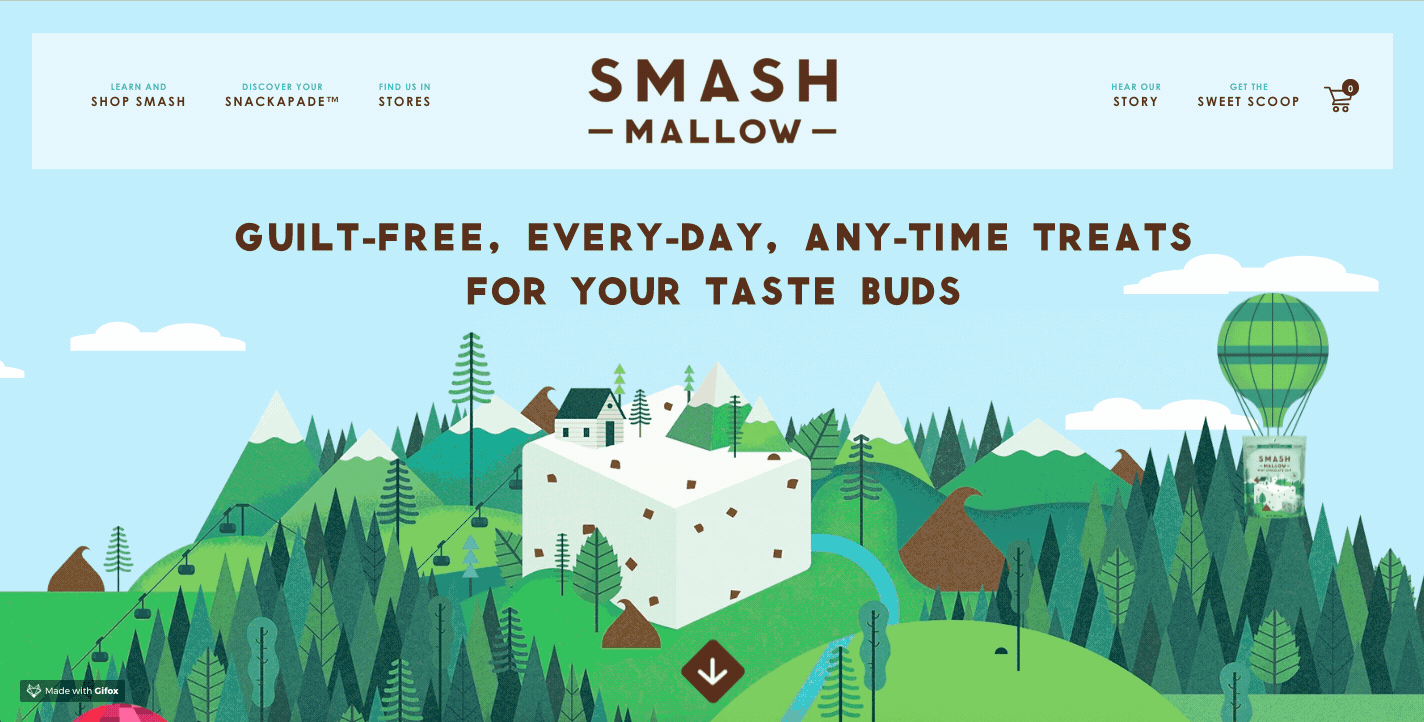
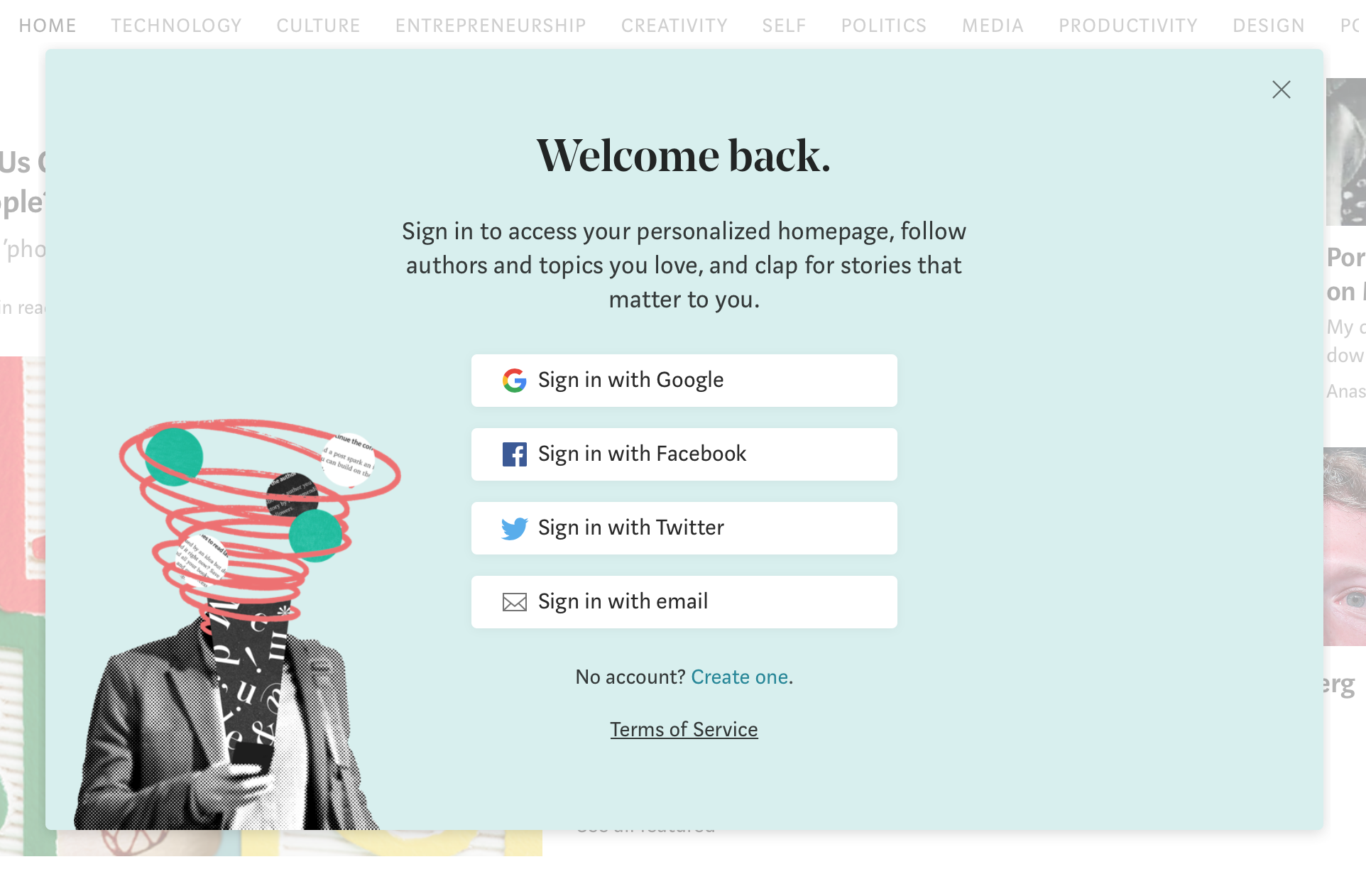 Source: Webflow
Source: Webflow